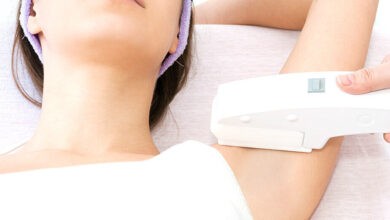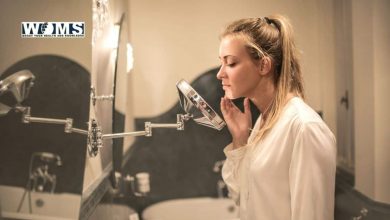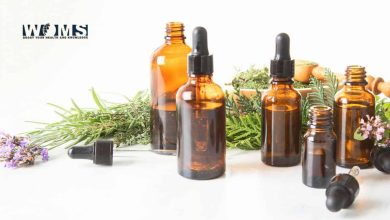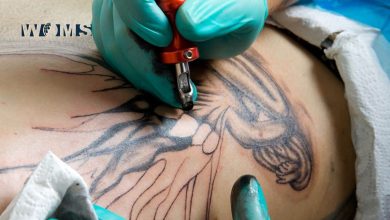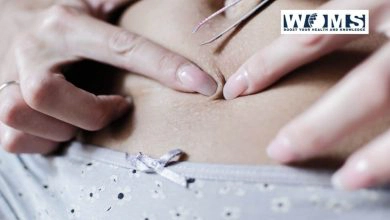All That You Should Know About Laser treatment for acne scars
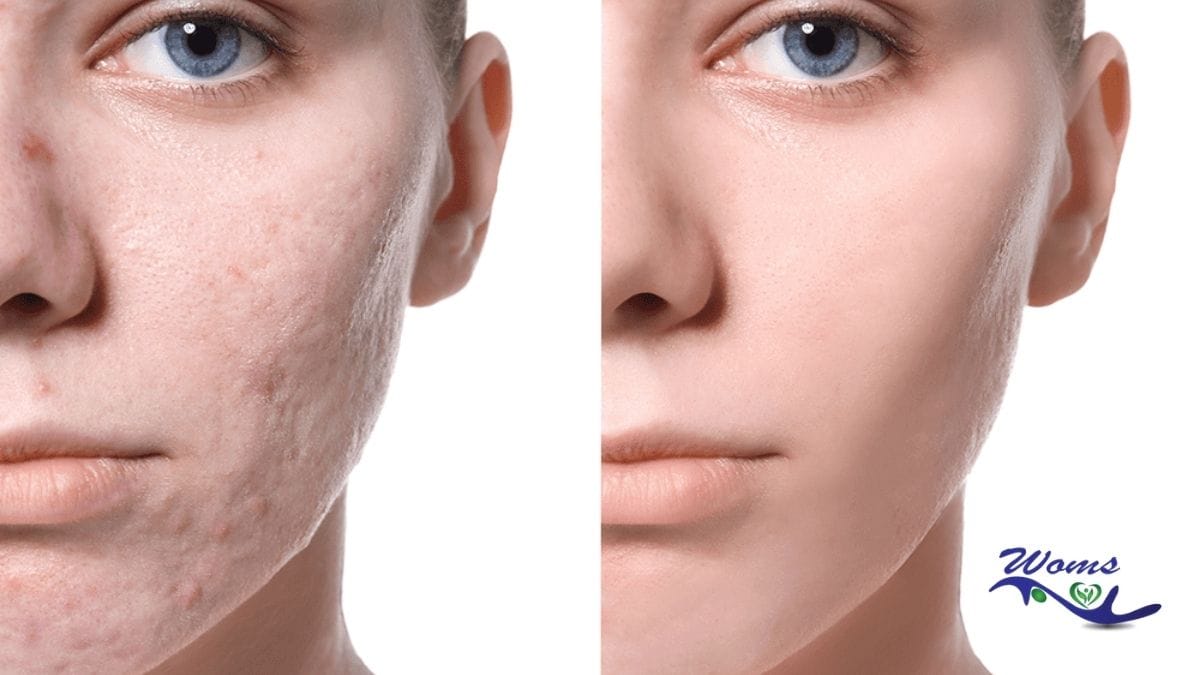
If you have been facing acne and scarring problems that seem to increase day by day, Laser treatment for acne scars helps you get rid of these problems.
If you follow a proper skincare routine and the problems persist, the cause is something else. Now is the right time to assess your lifestyle and dietary habits.
Ask yourself if you keep turning to popular special street foods around your city/town often. Oily dishes and junk food, no matter how tasty, can aggravate your skin issues.
So, reduce gorging on the Pizzas and Burgers available thanks to the street vendors at your local bazaar. Instead, include a balanced diet consisting of all the food groups. Now that this is out of the way, you should know more about acne scars.
Different Types of Acne
Acne scars are almost a double punishment! First, you have the nasty pimples to show for, and when they vanish, dark blemishes appear.
Call them acne, zits, boils, pimples, or anything else, they are all skin lesions. They occur when the skin pores or hair follicles get clogged. Either dead cells or oil secretions can be the cause of this.
When a follicle gets clogged, it attracts pesky bacteria that grow and thrive in that environment. It leads to the formation of a red or dark-colored, pus-filled bump. Various types of acne, or acne vulgaris as it is usually called, differ in severity:
Mild acne: Most whiteheads or blackheads are mild and painless. Causes can be due to the harsh sunlight, dust, pollution, etc. – all of which are available in all cities.
Moderate acne: Pimples, they show up as
- Inflamed (called papules) and
- Those with a white centre and red surrounding the pimple (called pustules). They cause irritation to your skin.
Severe acne: Pus-filled cysts, nodules, or painful lumps. They form underneath the skin.
Post-Inflammatory Pigmentation and Persistent Scarring
Post-inflammatory hyperpigmentation is a type of acne scarring that can be easily treated. PIH turns the skin tan, brown, or purple after there is some skin damage or irritation.
You may use oil-free sunscreen, azelaic acid creams, or hydroquinone bleaching creams to lessen the problem. Dermatologists can use superficial chemical peels to remove the tan or discoloration for acne scar treatment.
Unfortunately, there are persistent acne scars that are not so quick to disappear. They needed some medical intervention or specialized treatments.
Those scars are:
Icepick scars: Deep, narrow, and pitted in appearance
Rolling scars: Broad depressions with wavy textures and sloping edges
Boxcar scars: Broad, hole-like depressions with sharp, defined edges
Atrophic scars: Thin, depressed scars
Hypertrophic or keloid scars: Lumpy scars thicker than others
Can You Avoid Acne?
Having a healthy diet, exfoliating regularly, and being gentle towards your skin can work wonders. But some types of acne are unavoidable, like the zits that teenagers get during their puberty. These may go away with time or when your hormones stabilize. Others are more intense and can spread through touch.
Inadequate physical activity also can tamper with your metabolism, making way for more oil secretions. Having a sedentary routine or being glued to the desk may cause severe acne. Getting some moderate exercise at your local park thrice a week can help.
If you have adult acne, find out if there are any underlying and undiagnosed medical conditions. For instance, polycystic ovarian syndrome (PCOS) can cause difficult-to-treat acne in women.
Targeted areas for Laser treatment for acne scars
Laser treatment for acne scars mainly tends to target your face. But the laser treatment for acne scars can be also applied to other areas. Conventional targeted areas include:
- Face
- arm
- Back
- Neck
- upper torso
Treatment for Mild vs. Severe Acne Scarring
Dermatologists suggest the right treatment based on their evaluation of the acne scar and its severity. Sometimes, a chemical peel may be enough while other times, they may recommend a surgical procedure.
Other common acne scar treatments are:
Laser resurfacing: This procedure involves the removal of the top skin layer that is damaged. The middle layer is tightened, making the skin smoother. It may be 7-10 days before the skin heals completely.
Fractional laser therapy: This treatment is most suitable for rolling scars to bring the skin back to its normal state. Here, the healing time is shorter (about 2 days) than the resurfacing technique. The top skin layer is also not disturbed.
Dermabrasion: A spinning diamond tool or a rotating wire brush wears down the skin surface. As this layer heals, a smoother layer emerges from below. It may take around 2 weeks for the skin to heal.
Final Words
Due to the vast industrialization and IT boom, almost every Indian city has become an emerging urban locality. Daily hustle-bustle, irregular meals, and work stress can put pressure on your brain, body, and skin. Whatever is the root cause, skin acne can leave behind permanent scars. So, the best approach for you is to seek acne scar treatment without delay.
